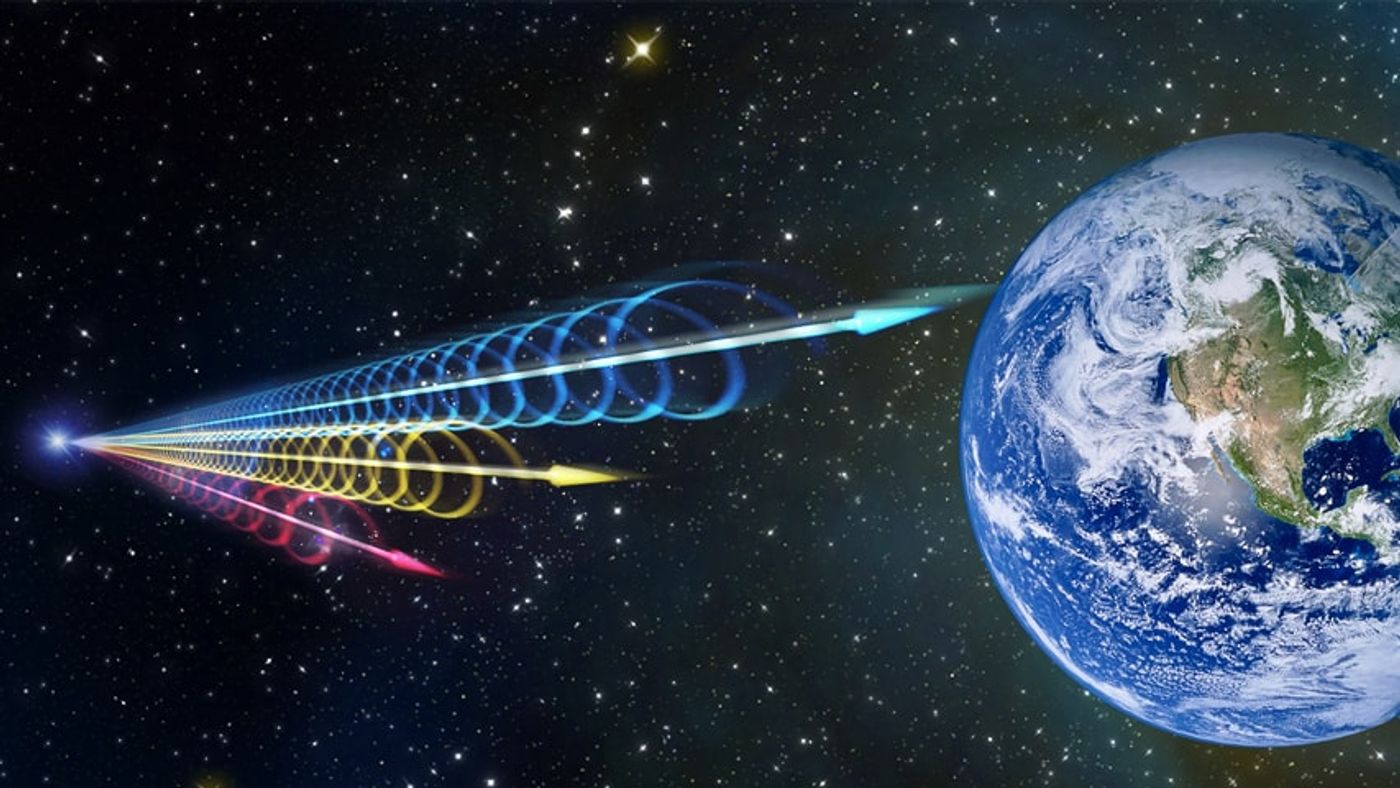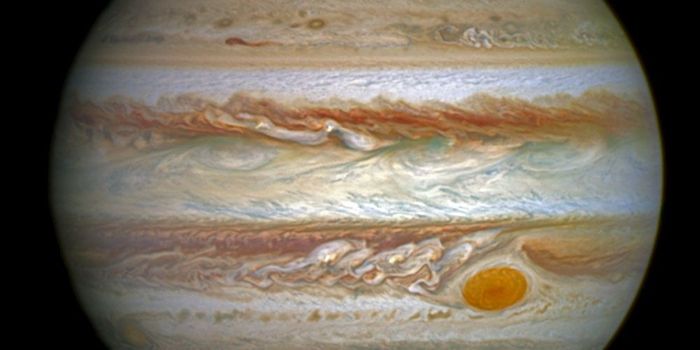A Very Pronounced Fast Radio Burst From Outer Space
One of the most instrumental things astronomers use in the ongoing search for extraterrestrial life are radio signals. Special radio antennas are always listening for radio signals from other parts of the Milky Way, as well as from interstellar space in all directions.
One of the things astronomers have been known to see are fast radio bursts (FRBs), which are exactly what they sound like. Basically, our radio telescopes can see and observe these radio wave signals, and some are brighter and faster than others.
Only a whopping 18 FRBs have been observed with modern space observation equipment to date. This has to do in part with the fact that the sky is so vast and space observation equipment can only sample small parts of the sky at a time. As you can imagine, their rarity makes it difficult to study and understand them.

Image Credit: Jingchuan Yu, Beijing Planetarium
Recently however, astronomers might have made an astonishing discovery, and their findings are published in the journal Science.
The most luminous FRB ever discovered, nicknamed FRB 105807, had them scratching their heads. It was discovered by accident while astronomers were studying a pulsar near the region.
There’s no clear indication as to what causes these fast radio bursts, but astronomers are always looking for clues. One thing that’s worth noting is this particular one came from outside of the Milky Way, from an interstellar source.
Although we might not know much about where it came from, being able to have observed a FRB from interstellar space means we can learn more about what interstellar space is like.
Because we know very little about the black ‘nothingness’ of space in between galaxies, observing radio waves as they travel through interstellar space can help us to learn more about what kinds of matter resides in these regions.
Telescopes can’t see anything in interstellar space because of the lack of light sources there, but dark matter and other unknown parts of the universe are expected to exist there that we simply can’t see.
By observing how radio waves travel in interstellar space, we have an opportunity to see what it travels through, as well as anything that may be obstructing it. When it does, it distorts the radio waves. Everything in this region makes up something known as the cosmic web.
"Because FRBs like the one we discovered occur billions of light-years away, they help us study the universe between us and them," said Caltech postdoctoral scholar Vikram Ravi. "Nearly half of all visible matter is thought to be thinly spread throughout intergalactic space. Although this matter is not normally visible to telescopes, it can be studied using FRBs."
Interestingly, FRB 105907 is reportedly largely undistorted, which suggests that researchers were probably right from the beginning that interstellar space holds very little of the universe’s total mass at all.
Despite how difficult it is for astronomers to get their hands on hard data about FRBs with modern space observation equipment today, the future looks bright. Astronomers estimate that anywhere from 2,000-10,000 FRBs occur every single day, but we’re just not looking in the right places when they happen.
A future project known as the Deep Synoptic Array could play an instrumental role in discovering far more of these mysterious FRBs and helping astronomers to learn more about not only interstellar space, but also where they’re coming from.
It should be interesting to see what kinds of scientific findings this project will produce.
Source: Phys.org








